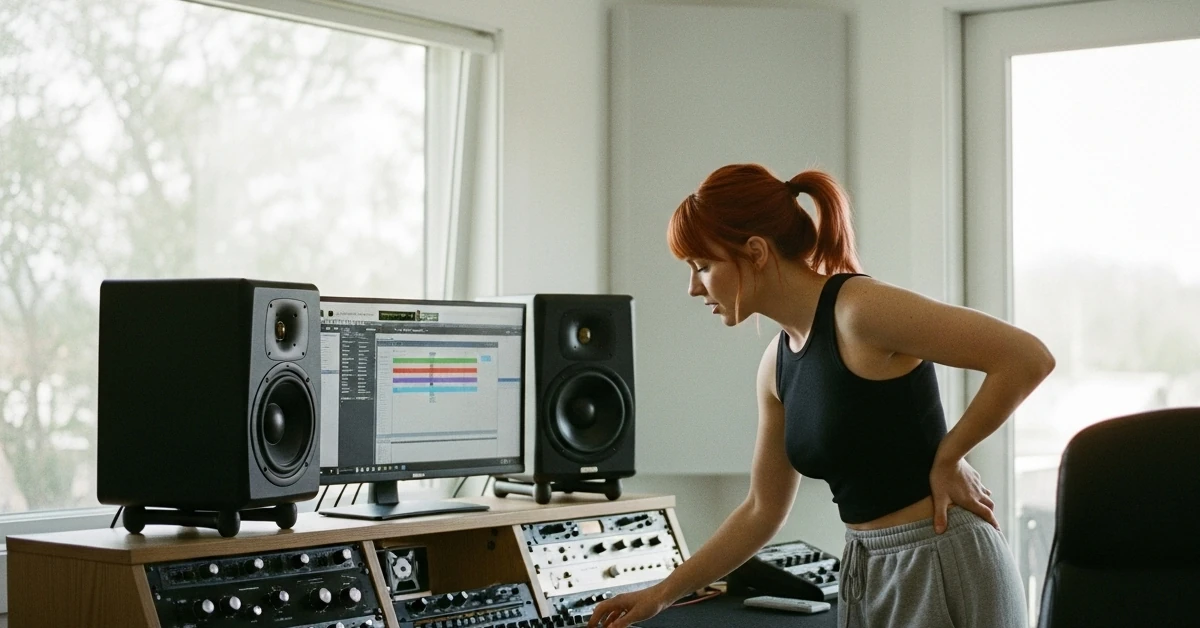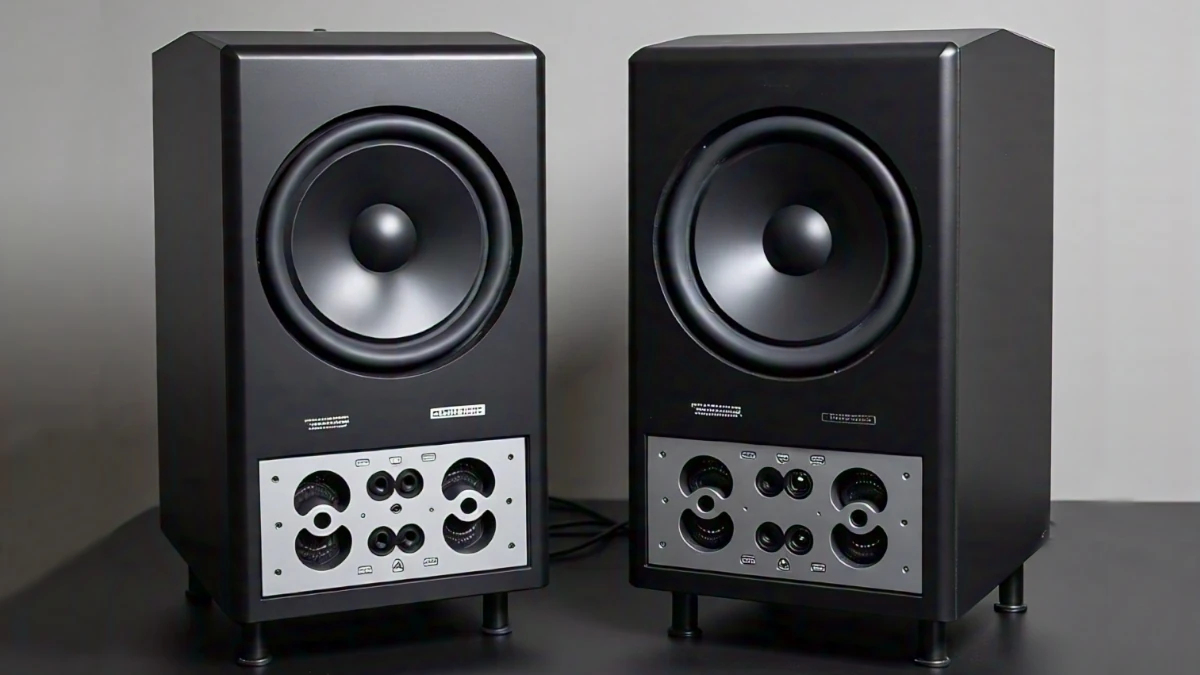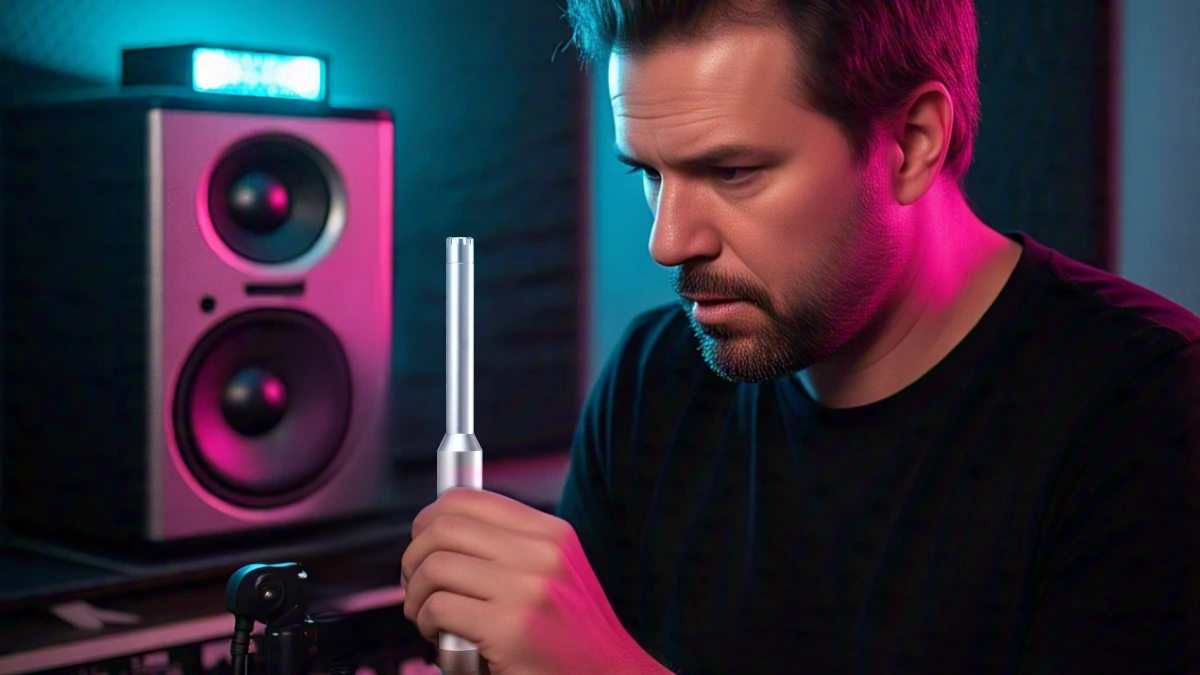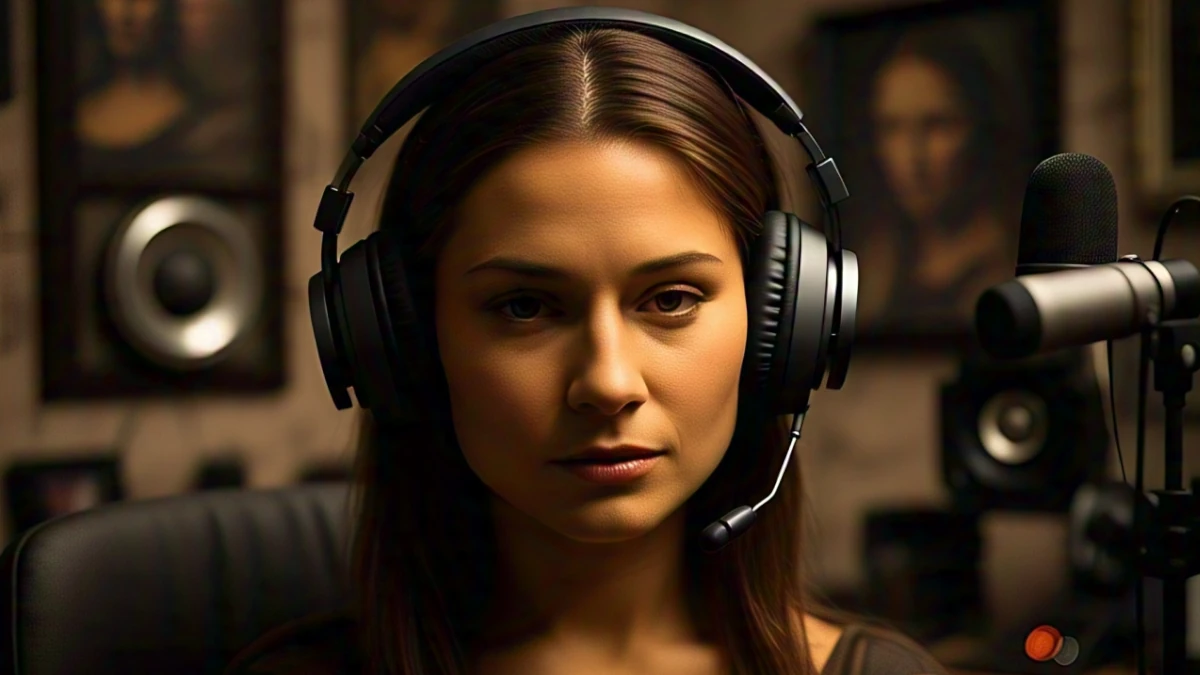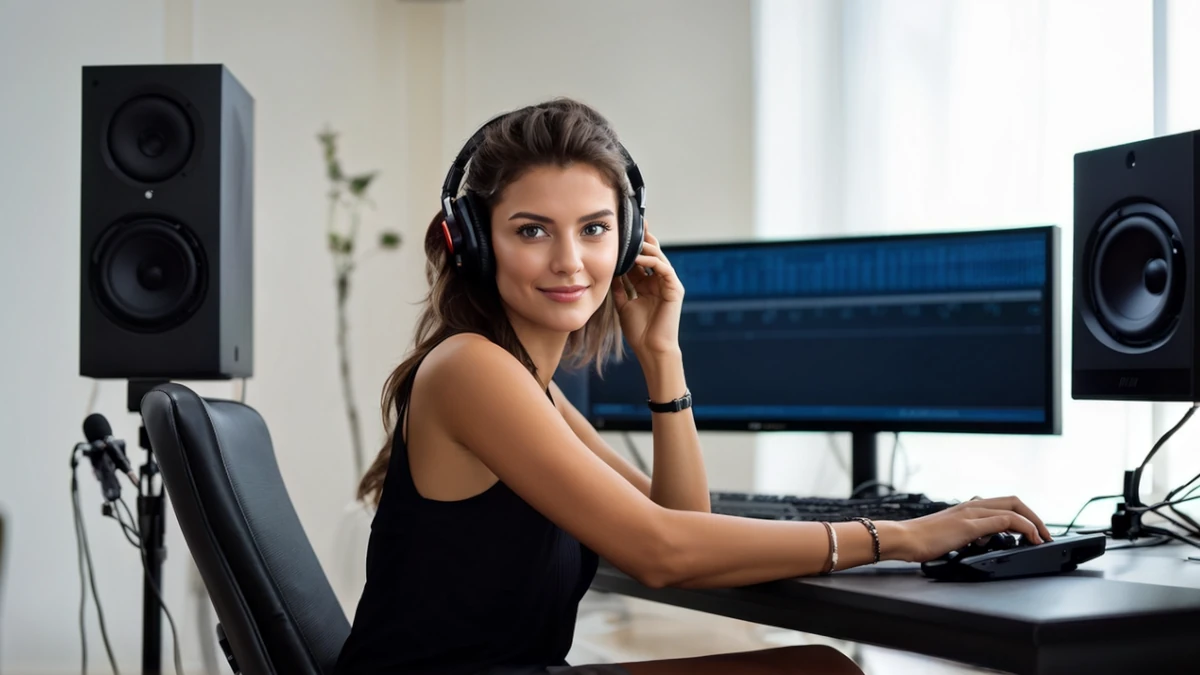Dreaming of pro-level sound without emptying your wallet? Welcome to the world of budget studio monitors! This guide dives into finding the Best Studio Monitors Under $200, proving that accurate audio is within reach. First, we’ll explore why choosing monitors in this price range is a smart move, highlighting the advantages of a flatter frequency response for better mixing decisions. Then, we’ll review the top contenders in the budget monitor market, pinpointing the models that offer the best balance of clarity and value. Next, we’ll break down the key factors to consider when buying, such as size and connectivity, to help you choose the right monitors for your specific setup. Finally, we will cover setting up and optimizing your budget studio monitors to provide the best possible sound, even on a budget.
Studio Monitors
Passive vs. Active Studio Monitors: Which is Right for You?
Choosing the right studio monitors can feel like navigating a minefield, especially when you’re bombarded with terms like ‘active’ and ‘passive.’ But fear not! This guide will break down the ‘Passive vs. Active Studio Monitors’ debate, making the decision crystal clear.
First, we’ll explore active studio monitors, the all-in-one solutions with built-in amplifiers, perfect for streamlined setups.
Next, we’ll dive into passive studio monitors, which require a separate amplifier but offer greater flexibility and customization.
Then, we will compare active vs. passive studio monitors, highlighting key differences in cost, convenience, and potential upgrades.
Finally, we’ll guide you through choosing the right monitor for your studio, considering your room size, budget, and workflow. By the end, you’ll know exactly which type is the perfect fit for your sound!
Top Studio Monitors for Small Spaces: Sound Quality Unleashed
Are you ready to elevate your music production game? If you’re working in a compact environment, every detail counts—and having the right gear can make all the difference. Imagine this: You’ve spent hours crafting the perfect track, and just when you think it’s ready to share with the world, you play it back on subpar speakers, and the magic disappears. Frustrating, right? The truth is, the monitors you choose can either enhance or hinder your creative flow, especially in small recording spaces where every inch matters.
But don’t worry! We’re here to help you find the best studio monitors tailored for your cozy little nook. With so many options available, you might feel overwhelmed—fear not, dear reader! In this post, we’ll break it down for you, highlighting the key features, offering real-life case studies, and providing practical tips to ensure you make an informed choice. Whether you’re a budding producer or an assisted veteran in the field, we’ve got the insights you need to transform your space into a sonic sanctuary. Let’s dive into the world of studio monitors, and let your music shine like never before!
Mastering Studio Monitor Calibration for Perfect Sound Quality
Hey there, sound enthusiasts! Are you ready to take your mixing game to the next level? Imagine listening to your music and feeling every beat, every nuance, and every chord in its fullest glory. That’s what happens when your studio monitors are calibrated correctly! But hold your horses—before diving into your next big project, let’s talk about an often-overlooked moment: calibrating those monitors. Too many budding producers miss this step, thinking it’s only for the pros. But trust us, calibrating your studio monitors can transform your sound experience and make a world of difference in the quality of your mixes.
In this post, we’re going to break down the why, how, and what of calibrating your studio monitors in a way that’s not only easy to understand but also super actionable. You’ll learn exactly what tools to use, the essential techniques to apply, and even some common pitfalls to avoid. By the end, you’ll be equipped to create mixes that translate beautifully no matter where they’re listened to—whether it’s high-end headphones or in a car stereo. So, grab a comfy seat, and let’s fine-tune your audio journey together!
Headphones vs. Monitors: Which is Best for Your Home Studio?
Welcome to the sound battleground where every music producer, sound engineer, and home studio enthusiast ultimately finds themselves! Have you ever wondered whether to jam out with headphones or to let your tunes bloom through studio monitors? Well, you’re not alone! This thrilling debate is like choosing between chocolate and vanilla – it all boils down to your personal taste, workflow, and what you want to achieve in your sonic sanctuary.
Picture this: You’ve just got your hands on the latest DAW, and you can’t wait to create that next masterpiece. You reach for your trusty pair of headphones, but just as you get settled, that little voice in your head says, “But what if my monitors could deliver a wider soundstage?” The tension is real, and the stakes are high! So, what’s the scoop? Which setup is best for you? With growth in the home studio revolution, knowing the differences between headphones and monitors is more vital than ever — and trust me, understanding these two will impact your music production journey dramatically!
In this blog post, we’ll dive deep into the key features, advantages, and disadvantages of both headphones and studio monitors. We’ll share real-life experiences, actionable tips, and even some case studies to help you make an informed decision. Whether you’re tracking instruments, mixing vocals, or simply vibing out to your favorite beats, we’re here to guide you through the headphones vs. monitors conundrum, ensuring you walk away with insights that will elevate your home studio game to new heights!
So hang tight, as we’re about to take a thrilling ride through the sound waves of headphones and monitors. Ready to find out which pair will wear the crown in your studio? Let’s jump right in!
Nearfield vs. Farfield Monitors: Which Studio Monitor is Better?
Choosing the right studio monitor is crucial for anyone serious about music production. Studio monitors are designed to provide accurate and uncolored sound reproduction, which is essential for mixing and mastering tracks. They allow producers to hear their music exactly as it is, ensuring that any adjustments made during production translate well across different playback systems.
There are two primary types of studio monitors: nearfield and farfield. Each type has distinct characteristics that make them suitable for different studio environments and applications. Understanding these differences is key to selecting the right monitor for your needs.
Nearfield monitors are typically used in smaller studios and are placed close to the listener. They are designed to minimize the impact of room acoustics, providing a more direct sound. On the other hand, farfield monitors are larger and intended for use in bigger studios. They are placed further away from the listener and interact more with the room’s acoustics, offering a broader and more immersive soundstage.


